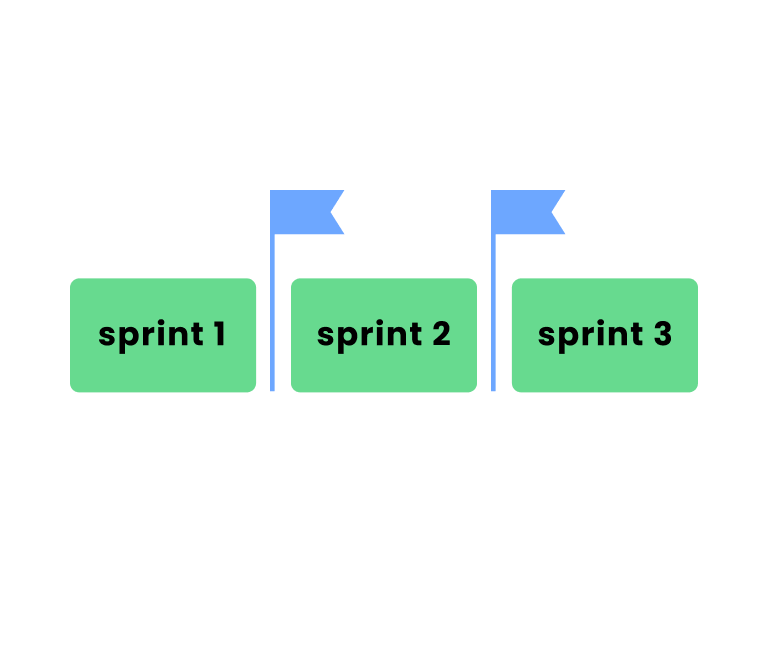For many QAs, sprints are a source of frustration. All the planning centers around developers, and by the time tasks are completed, the testers are left drowning in last-minute work. The result? The entire team feels the pressure of trying to finish everything in a rush, and quality inevitably suffers.
Why does this happen? Scrum and sprint planning are usually developer-focused, which leaves testing as a secondary concern. To make matters worse, this dysfunction scales: as your team grows, the bottleneck tightens. QA tasks pile up towards the end of the sprint, creating exponentially more stress. Testers scramble to catch up, developers rush to fix bugs, and product quality takes a hit.
This chaotic pattern doesn’t have to be the norm. There’s a better way to plan and manage QA in sprints—and it all starts with changing how testing is integrated into the process.
The Solution: Plan QA Tasks on a Timeline, Not Just in Sprints
The key strategy is to plan QA tasks using a timeline, not just within the sprint. When QA tasks are planned on a timeline, you avoid the problem of testing being confined to the end of the sprint. Instead, testing is distributed across the timeline of the sprint from the very beginning.
To implement this, teams generally choose between two methods: using subtasks or multi-assignment. While subtasks are a common approach, they are often already reserved for breaking down technical requirements or specifications, making the board cluttered if you add QA tasks there too. Multi-assignment is the superior choice. It keeps the board clean and treats development and QA as a joint effort on the main feature, rather than separate checkboxes.
The challenge? Native Jira only allows one assignee per work item. And this is where Planyway becomes essential. Planyway overrides this limitation, allowing you to assign both a developer and a tester to the same card. This visibility lets you plan their work concurrently on the timeline, helping you balance resources preventively and avoid overloading your team.
Now that you’re ready to visualize QA and dev tasks side-by-side, you might be wondering: "How do we determine specific start dates for testing if we are working in Scrum and priorities change?"
Predicting exactly when a developer will hand off a task is an art in itself. In another article, we dive deep into how to forecast task readiness and estimate testing timelines without breaking Agile principles.



